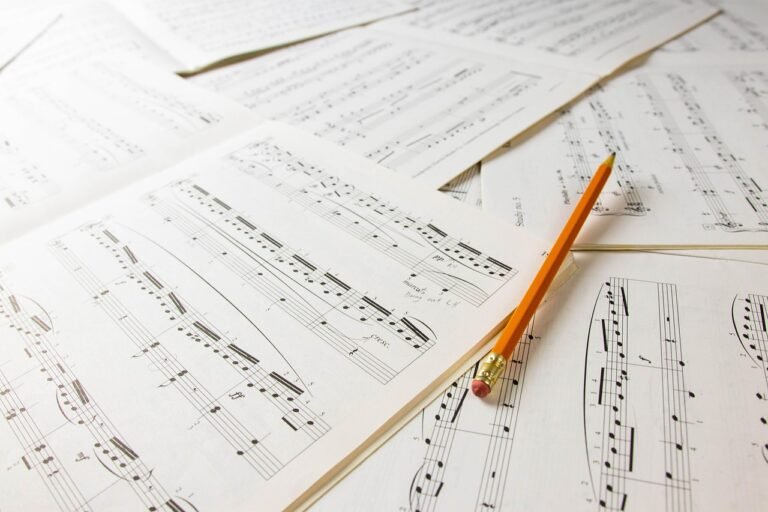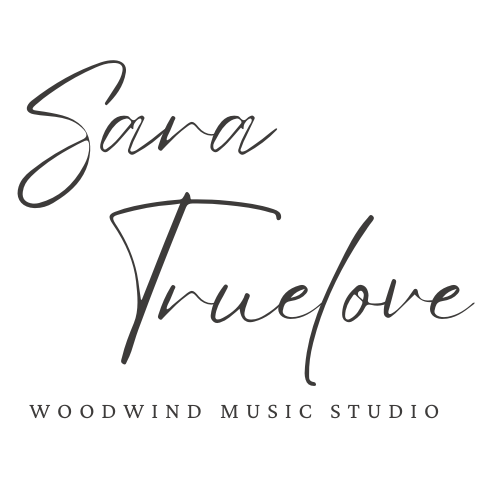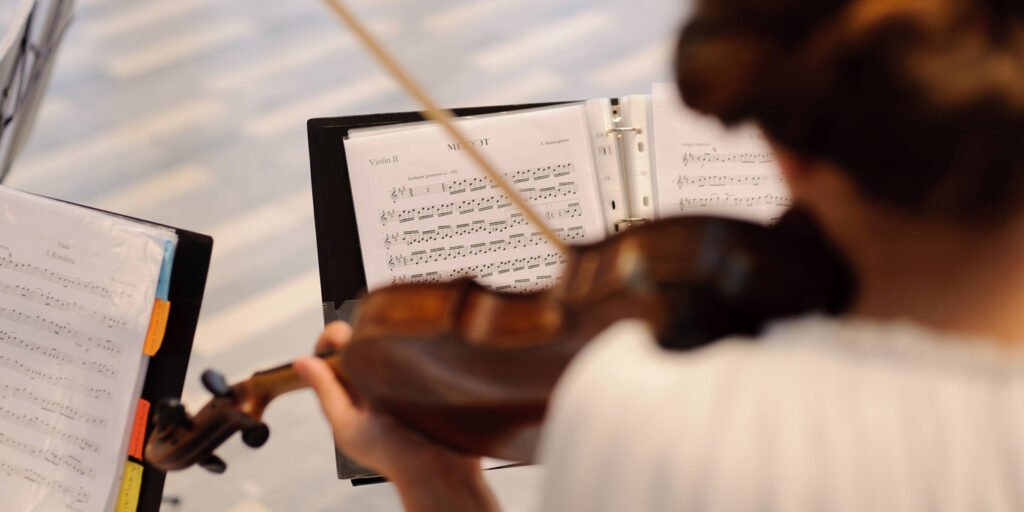Sight-reading is an essential skill for musicians, but it can often feel like a daunting task. Whether you’re a beginner or an experienced player looking to sharpen your abilities, making the process fun and engaging can make a huge difference. Here are five ways to enhance your sight-reading skills while keeping things enjoyable!

1. Rhythm-Only Exercises
One of the biggest challenges in sight-reading is staying in time. A great way to improve this is by practicing rhythm-only exercises. Take a piece of music, ignore the notes, and clap or tap out just the rhythms. You can also use rhythm apps or games that challenge you to follow along. This strengthens your ability to maintain steady timing while sight-reading full pieces.

2. Play with a Friend
Everything is more fun with a friend! Find a fellow musician and take turns choosing short sight-reading pieces. Try playing duets or challenging each other with unexpected selections. You can even make it a game by setting a timer and seeing who can get through a passage most accurately in a single attempt. The friendly competition will keep you motivated!

3. Incorporate Scales and Chord Exercises
Practicing scales and chords regularly can significantly improve your sight-reading skills. Scales and chords help you recognize common note patterns. Try sight-reading simple scale passages or chord progressions in different keys to build familiarity with various tonalities. The more comfortable you are with these patterns, the easier it will be to navigate new music on sight.

4. Change Up Your Instrumentation
If you play multiple instruments, try sight-reading on an instrument you’re less familiar with. Even if you only play one instrument, transposing a simple piece into a different key can give your brain a fresh challenge. These exercises force you to rely on your reading skills rather than muscle memory, strengthening your overall fluency.

Challenge by Nick Youngson CC BY-SA 3.0 Pix4free
5. Make It a Daily Challenge
Consistency is key! Set aside just five minutes a day to sight-read a short passage. You can incorporate it into your warm-up routine or make it a fun challenge by tracking your progress. Keep a journal of pieces you’ve read and note what improves over time. The more frequently you do it, the more natural sight-reading will become!
Sight-reading doesn’t have to be stressful or boring. By incorporating fun exercises, playing with friends, and using modern tools, you can turn it into an enjoyable and rewarding part of your musical journey. Keep experimenting, stay consistent, and most importantly—enjoy the process!

